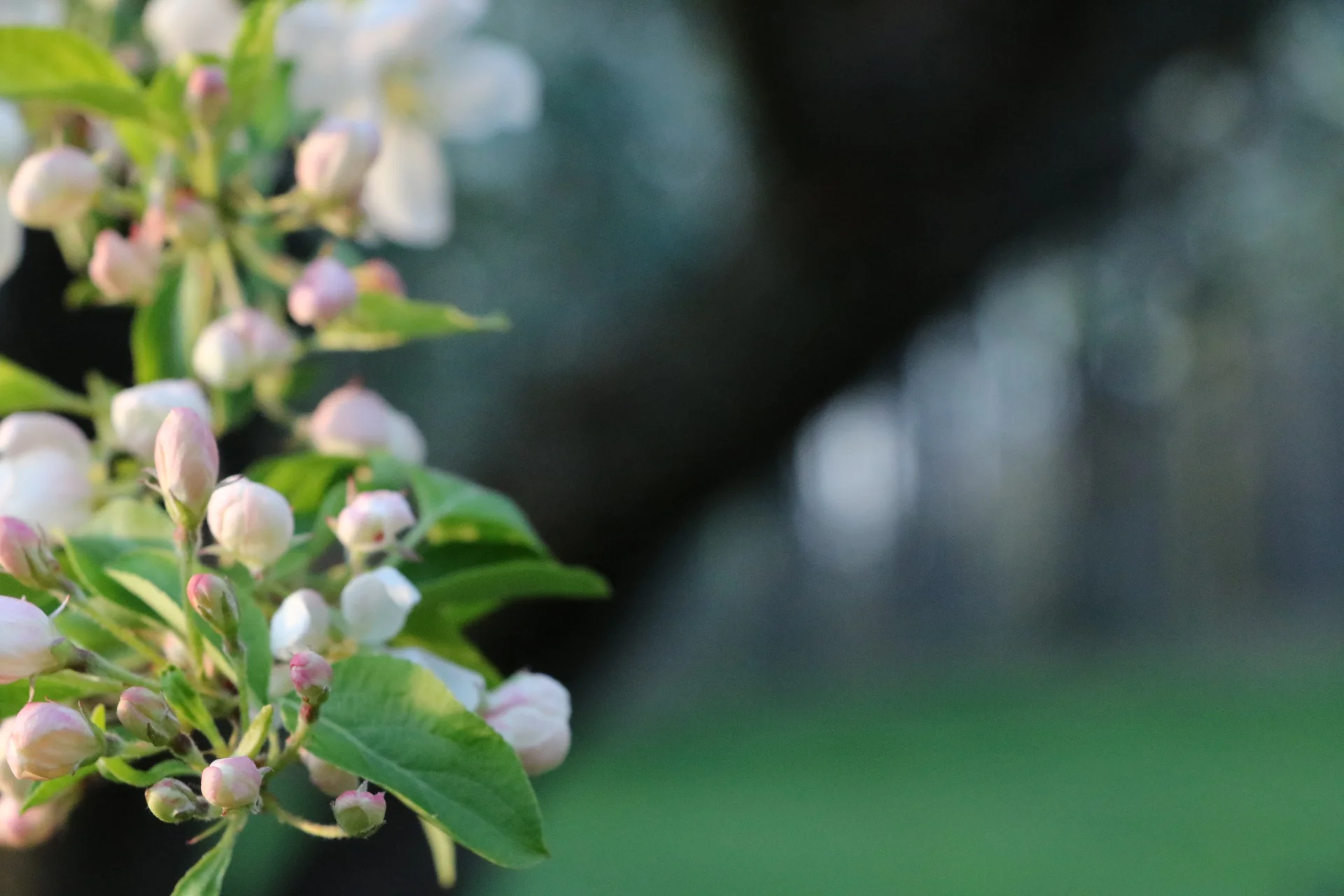Swarm Season Is Here
/We've spent the last two weeks talking about swarms. People spotting swarms of bees in their yards. Beekeepers wanting to prevent swarms in their hives. Other beekeepers trying to figure out what to do now that their hives have already swarmed. Here's what we hope is helpful advice for all of those situations!
Don't Panic.
That's our best advice, no matter what the situation. Swarms are not dangerous nor are they a death sentence to a hive, so no matter what you've got going on it's going to be ok.
What's a Swarm?
A swarm is a natural part of the life-cycle of a honeybee hive. When a colony begins to outgrow the space it is inhabiting, it will begin preparations for swarming. The old queen and a portion (up to about 50%) of the workers will leave the hive to form a new colony elsewhere. They leave behind a complete colony with a developing new queen. This new queen will go out and mate and the old colony will continue on.
The stage of swarming that we usually see is when a cluster of bees is hanging out somewhere, like on a tree limb or a fence post, voting on where to go next. This cluster is often referred to as a "swarm" of bees, and is incredibly docile. These bees are not defending anything, so have no reason to sting. Bees typically stay in this cluster for 24-72 hours before moving on to their new residence.
If You See a Swarm (and don't want it)
Again, remember our "don't panic" advice. Please call a local beekeeper to see if they can come and remove it. Many beekeepers will provide this service at no cost. We have a list of local beekeepers and the areas that they service right here. Remember that this is very different from a hive removal, or a cut out, which is much more complicated.
If You See a Swarm (and you DO want it)
This is a pretty cool way to get "freebees!" The process is pretty simple. Once you identify a swarm cluster, you simply need to put the bees into a box and move them to a suitable location. We say simply, but it's really only simple when the bees are located within easy reach. If they are, then it's usually just a matter of shaking the branch that they are on and knocking the bees off into a box.
Once the queen is in the box, the bees will give you some good clues that she's there. Watch for "fanning," which is indicated by bees lined up at the entrances to the box, sticking their butts up into the air and furiously fanning their wings. They are spreading pheromones to call the rest of the bees to the queen's new location. Once this message is out, you will see the remaining bees move toward your box. When everyone is safely inside, it's fine to go ahead and move the box to another location.
At this point, the bees can either be installed directly into a hive or left in a nuc box (always with frames!) until they are more established. You'll be watching for signs of a viable queen. In the unlikely event that there is no queen captured, you could purchase a new, mated queen and introduce her to the new colony.
If Your Bees Swarmed
If your colony did indeed swarm, then there are a few things you will want to check on to make sure that nature has indeed taken it's course and the colony will be no worse for it. Remember that the old queen has left with the swarm, leaving behind a number of developing queen cells. These queens will begin hatching out and one (often the first) will become the new queen, disposing of the remaining ones. You will often see remnants of the queen cells upon your next hive inspection. If you do, then this likely means that a queen has hatched out and you will begin looking for signs of her presence in the hive.
Once a new queen hatches out, she will go out on mating flights, returning to the hive fertile and ready to begin laying worker brood. It's not necessary to spot the queen, and it's often difficult to find a new queen because she isn't quite as large as she eventually will be. You'll want to look for proof that she's there. Eggs are the proof that we always look for in our hives. We look for single eggs in cells, as this is an indication of a healthy, fertile queen.
Remember, it takes time for a new queen to begin laying and eggs are sometimes difficult to see. We get many reports from new beekeepers of queenless hives after a swarm, only to find a hive full of brood a week or two later.
Basic (approximate) swarm timeline:
Day 1: Bees begin building queen cells
Day 9: First queen cells are capped, swarming (bees leaving the hive) happens within a day or two
Day 16: First new queen hatches
Day 17 - 24: New queen takes mating flights
Day 21 - 35: New queen begins laying eggs
Weather can play a huge factor in all of this, as bees typically don’t fly on rainy days. The important thing to note is that it can take up to almost four weeks from the day you see a swarm leaving the hive until the day you are able to spot new eggs in there. This in-between time is nerve-wracking for many beekeepers. Our advice once again, don’t panic.
Nature works pretty well, and the vast majority of colonies do just fine at making a new queen. That said, it does happen that a queen is eaten up by a bird or something during her mating flights and never makes it home. In cases like this, the beekeeper will need to intervene and develop a plan to requeen the hive.
Preventing Swarms
While swarming isn't altogether bad, it is something that most beekeepers want to prevent. There are steps that the beekeeper can take to reduce the risk of swarming.





